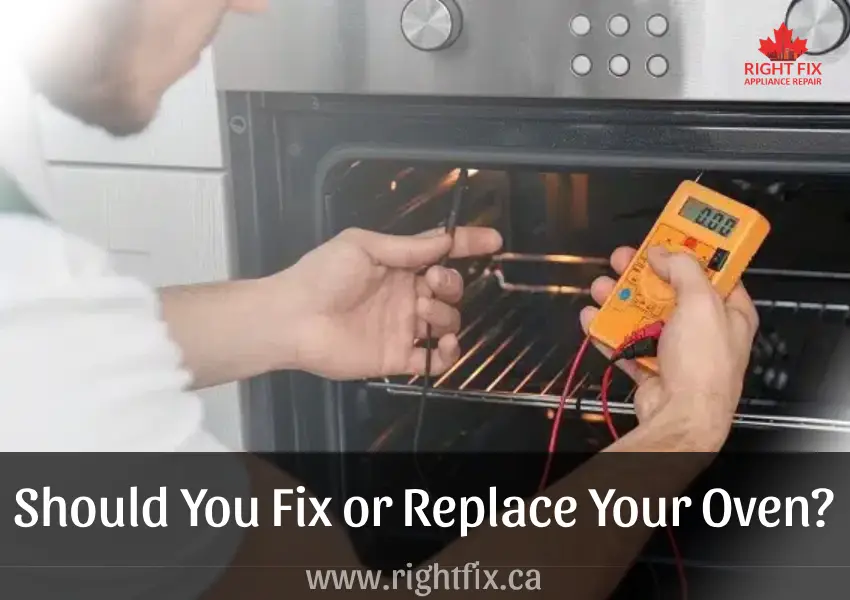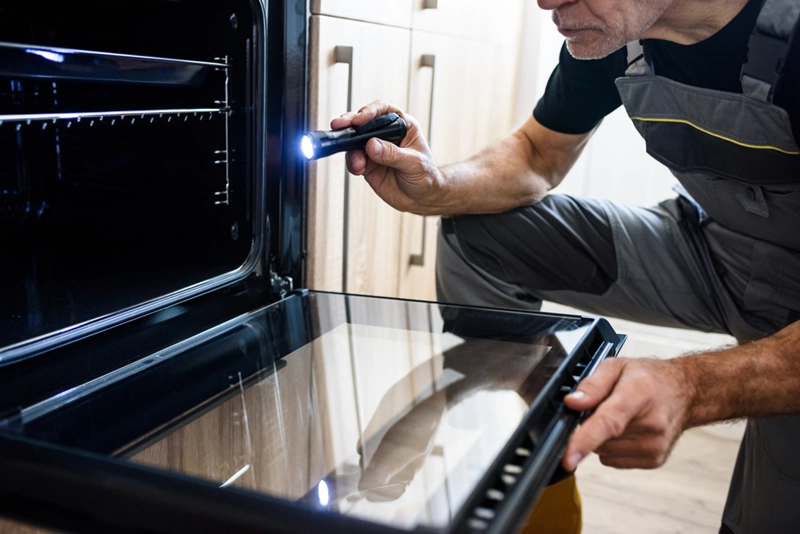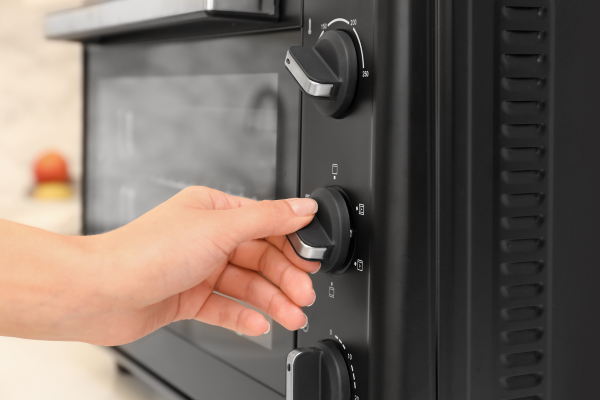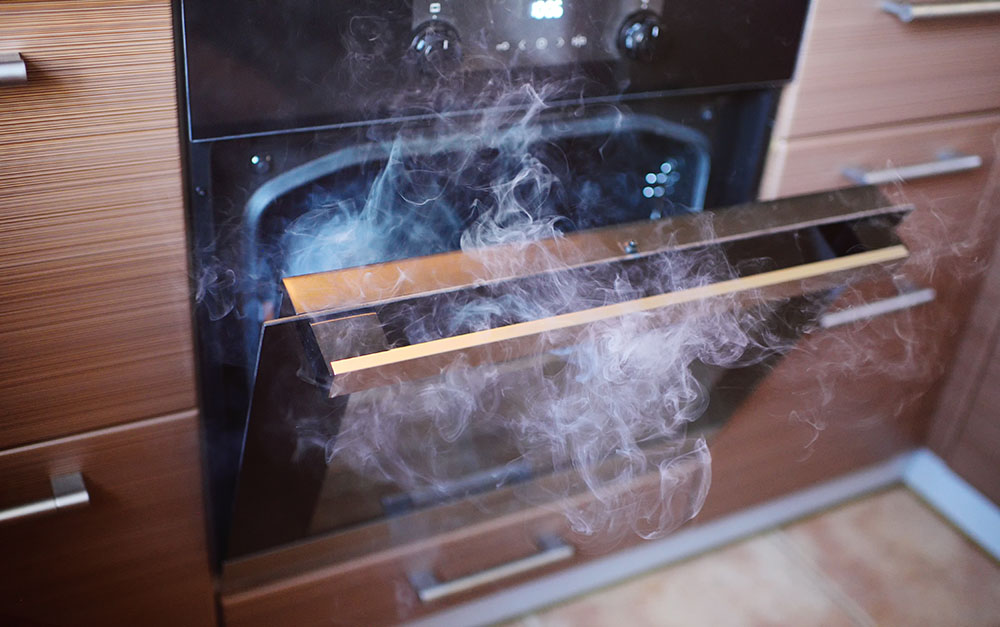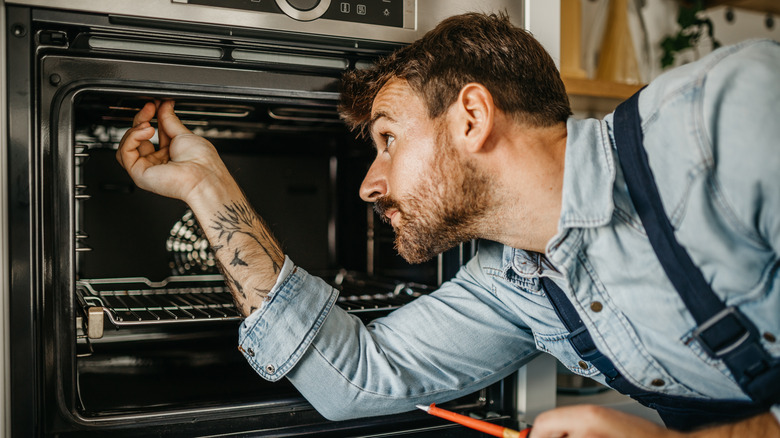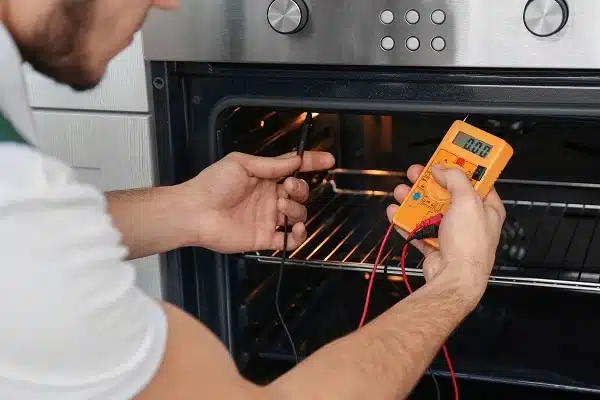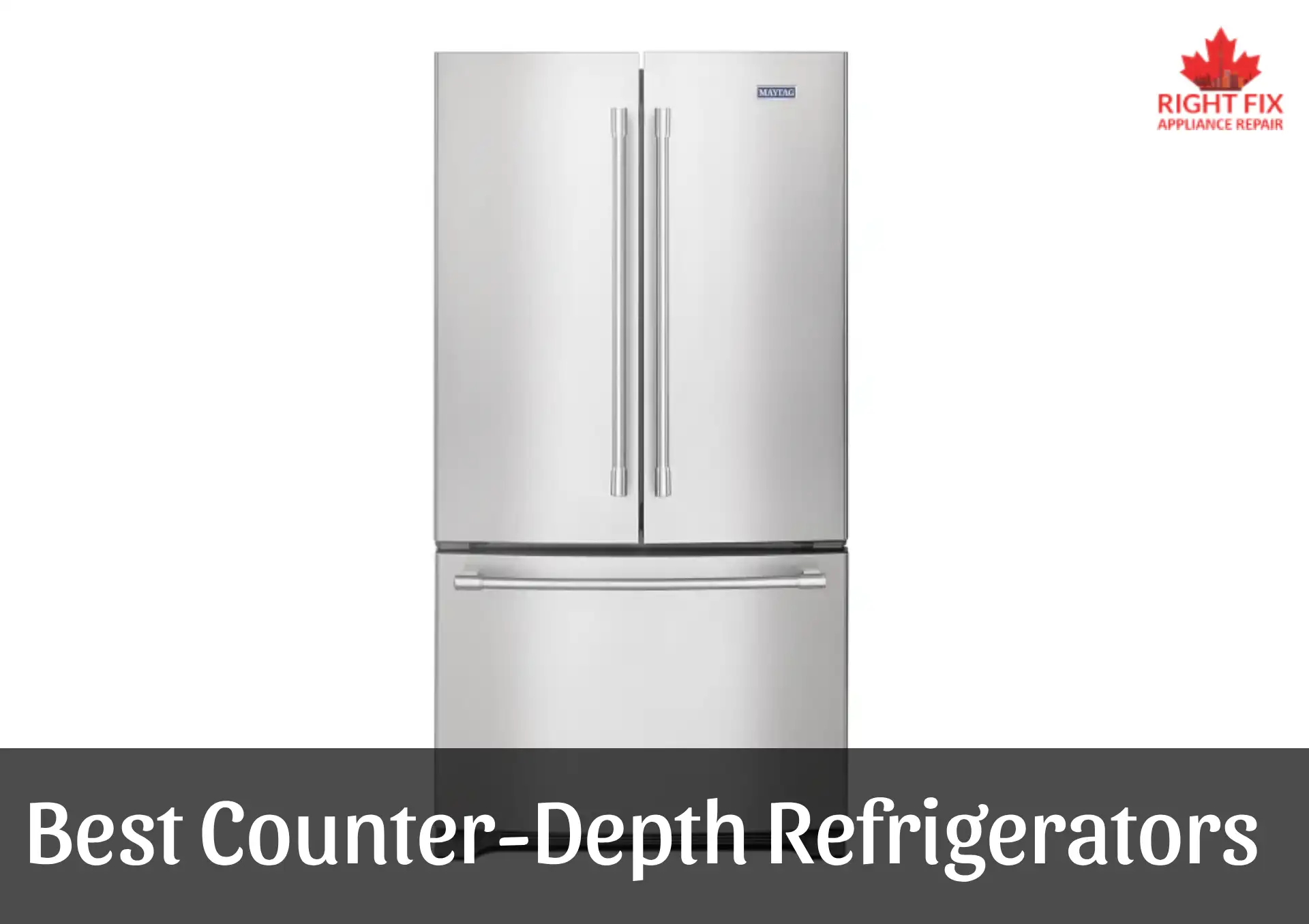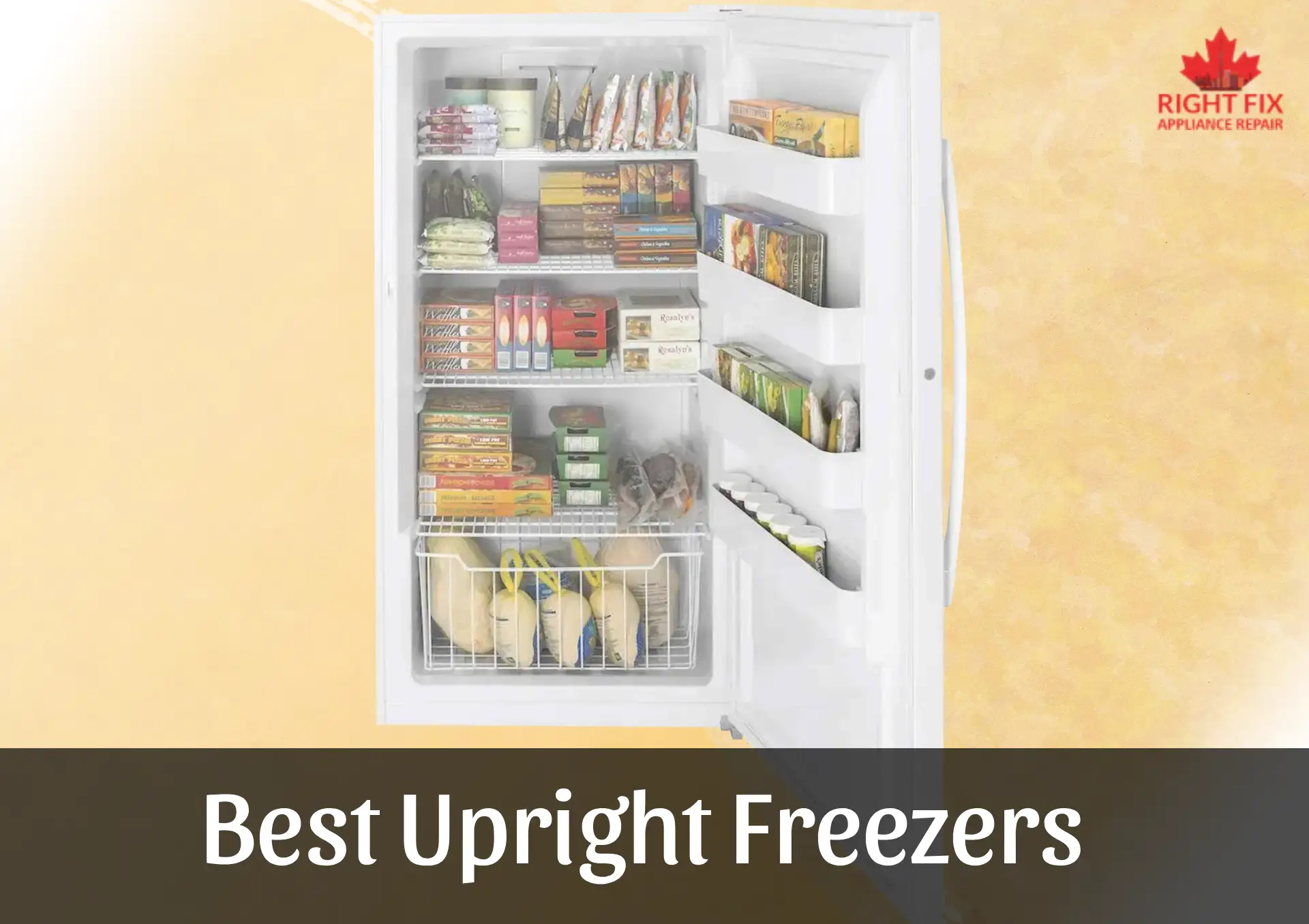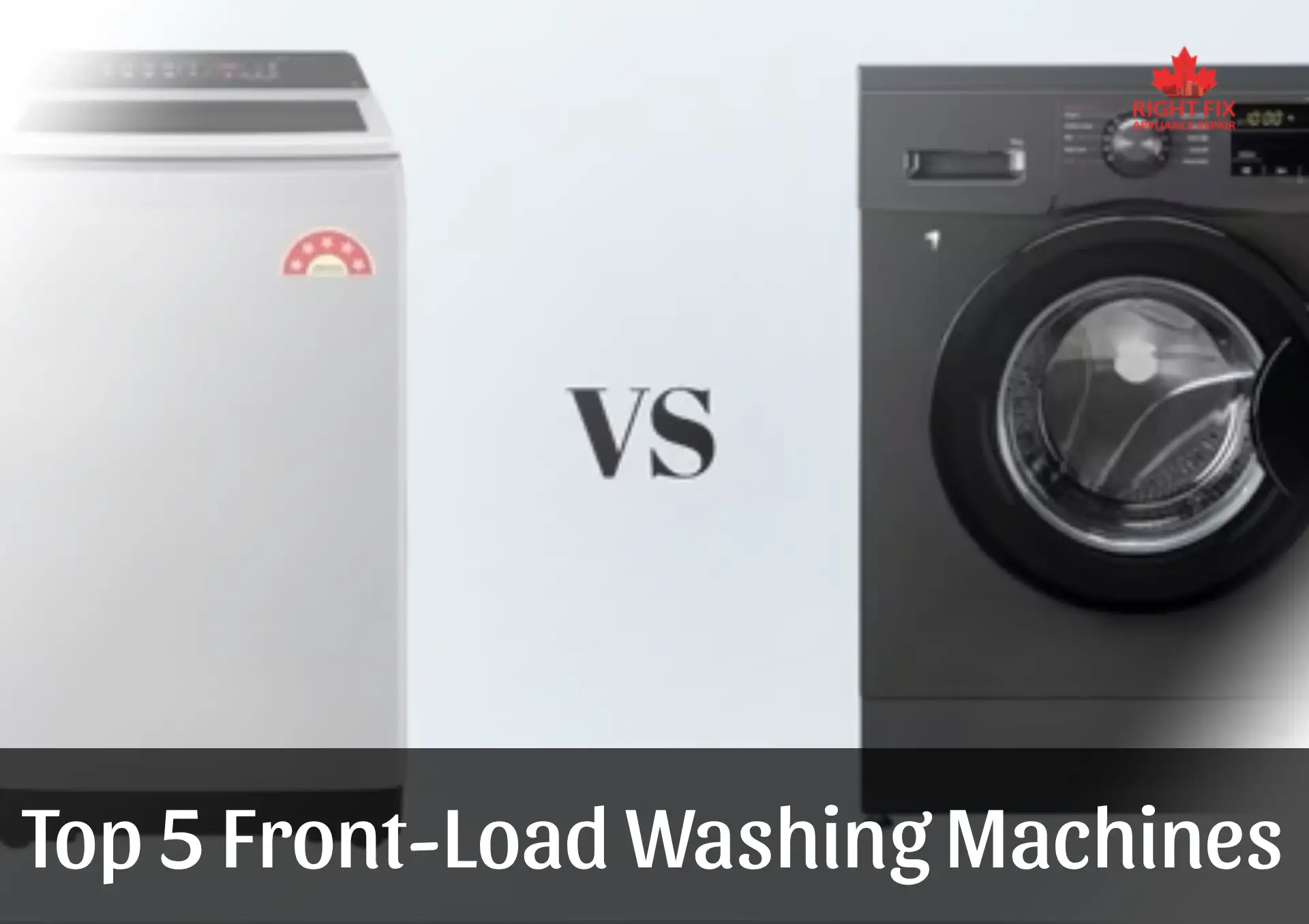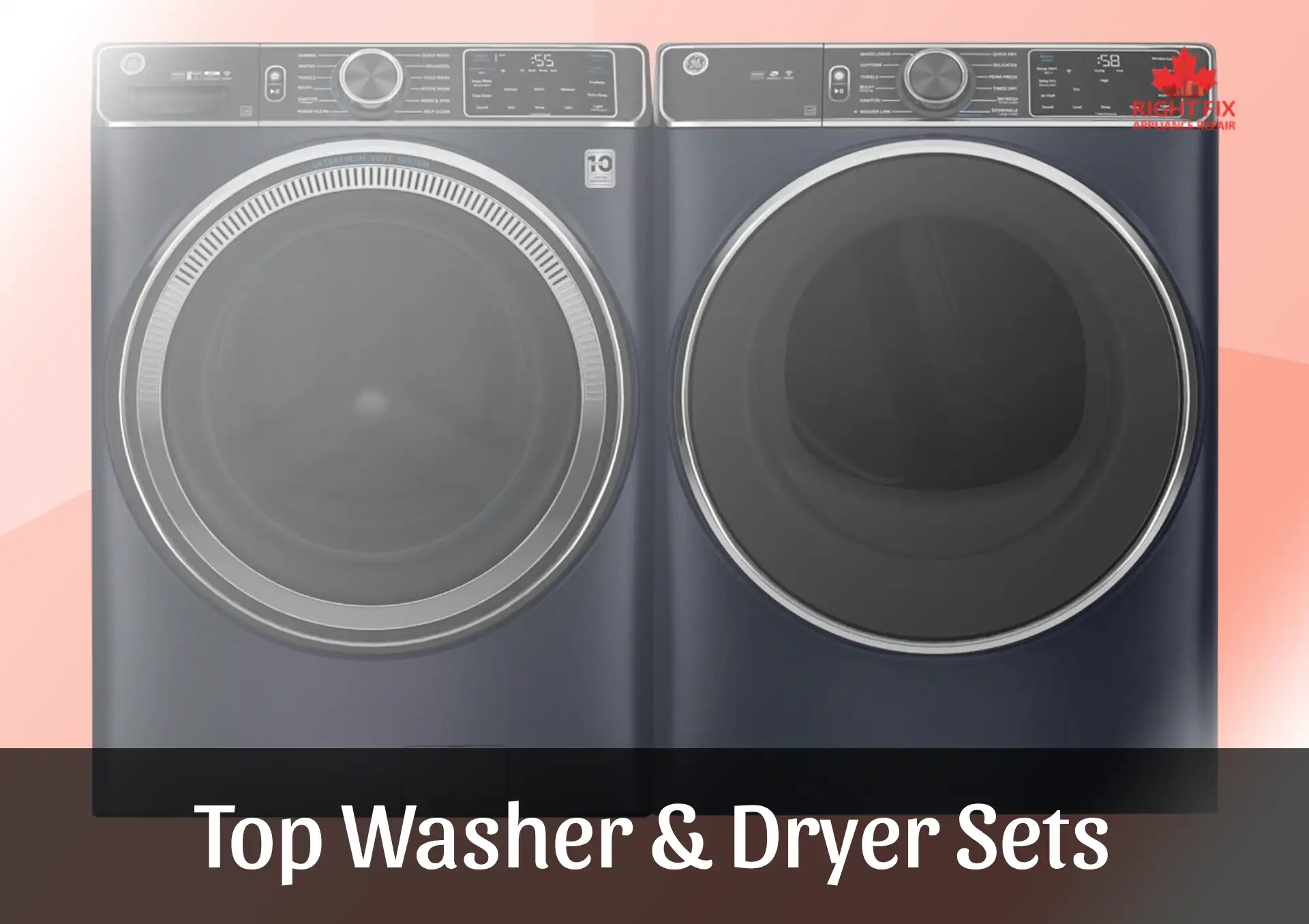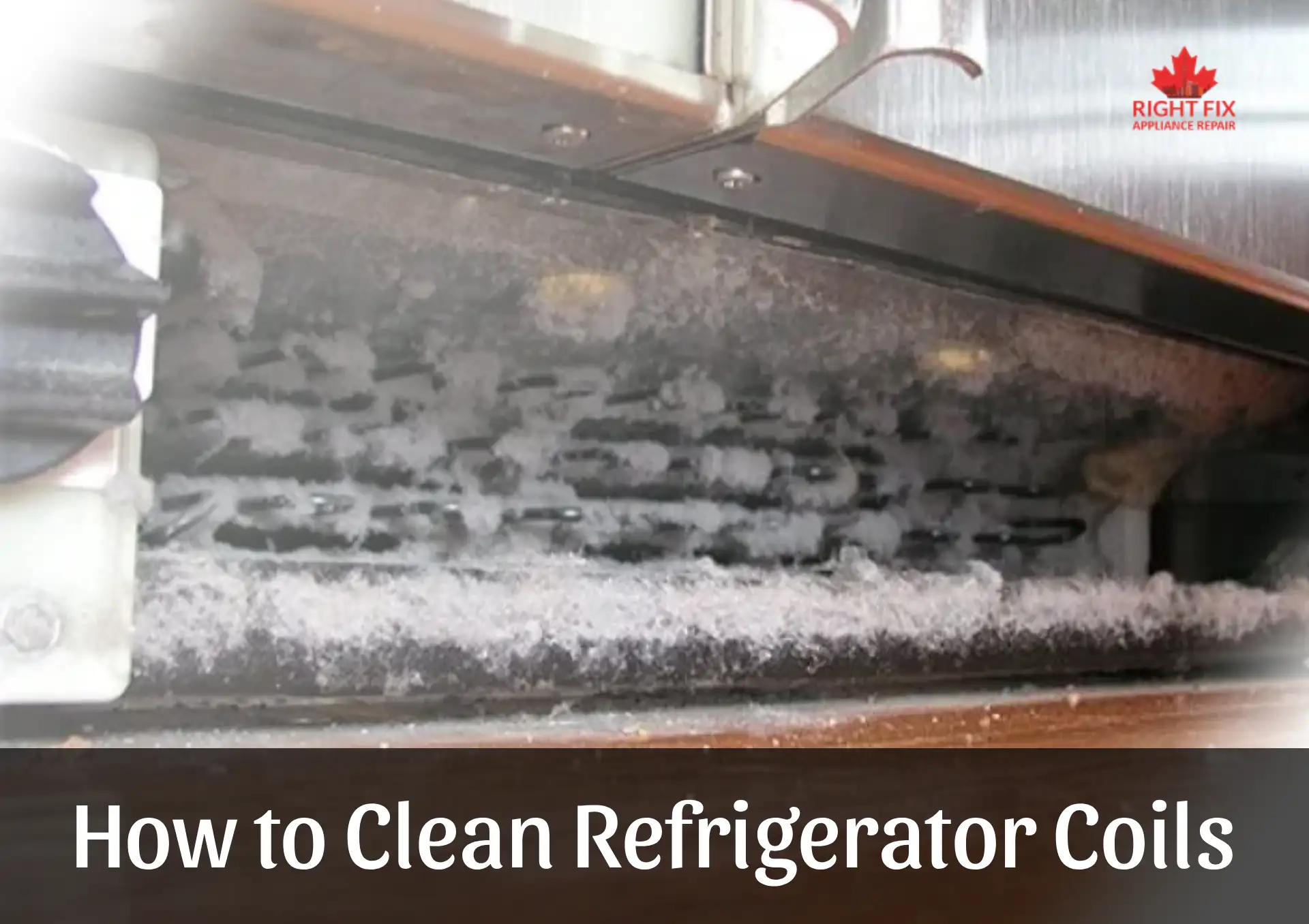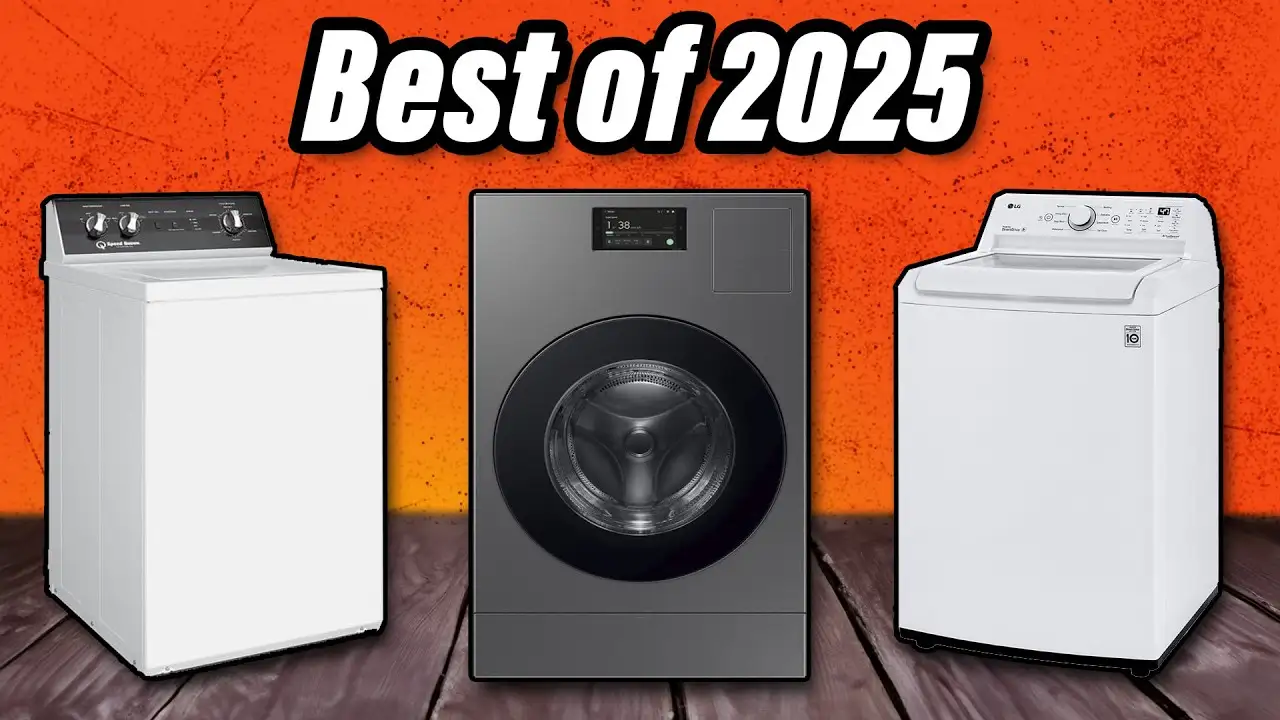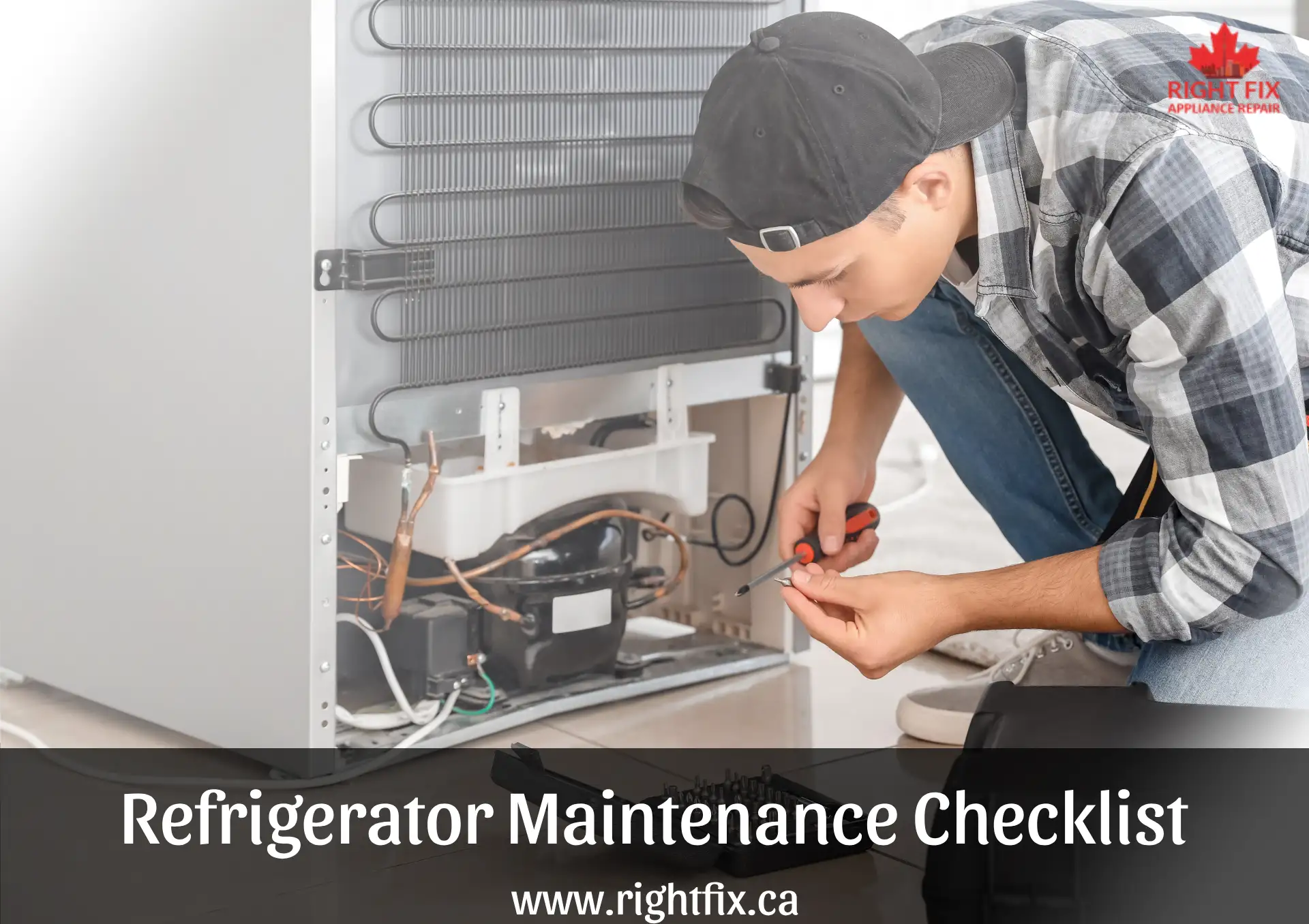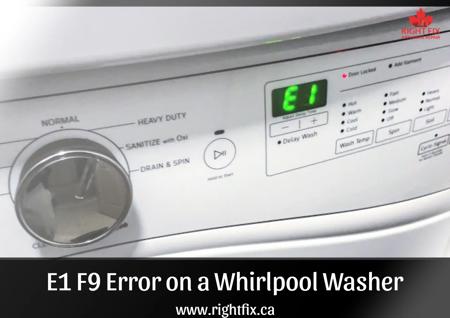Should You Fix or Replace Your Oven?
For most homes, deciding whether to repair or replace an oven presents a regular conundrum. Stress and uncertainty can result from an oven breaking down. Repair costs, oven age, energy efficiency, and the degree of the damage will all affect your choice to repair oven or replace your oven. Knowing when replacement makes more sense and when it's worth fixing will help you save money and prevent needless hassle. By weighing frequent oven problems, pricing comparisons, and long-term savings, this guide will enable you to make an educated choice.
Common Oven Problems and What They Mean
Like any household item, ovens are complicated machines that over time could run into a range of issues. The most often occurring oven issues that can compromise cooking efficiency are listed below together with some possible causes and fixes.
Uneven Cooking or Baking
Browning and heat circulation are deemed to be among the biggest concerns reported by users of ovens. Specifically when it comes to cooking foods to a certain texture or temperature uneven cooking can be very frustrating. Uneven cooking might result from:
-
Faulty heating elements: Heating elements can wear out and fail to distribute heat evenly.
-
Malfunctioning thermostats: A malfunctioning thermostat might cause uneven cooking.
-
Improper rack placement: Misaligned oven racks can block heat transfer and cause uneven cooking.
Solution: If the problem arises from improper rack positioning, moving the position might fix it. If the issue continues, though, it could be required to reset the thermostat or replace the heating element. For a seasoned repair worker, both are really easy remedies.
Oven Not Heating Properly
An oven that doesn't reach the intended temperature or fails to heat up correctly can mess with your meals. Possible reasons for improper oven heating include:
-
Broken heating elements: Generating heat is mostly dependent on heating elements. Damage or malfunction causes the oven to heat unevenly.
-
Damaged igniters (gas ovens): A faulty igniter in a gas oven may make a gas burner not to work, thus making the oven non-heated.
-
Thermostat issues: The unit of oven that controls the temperature is the thermostat. If it breaks the oven will be unable to reach the correct temperature it needs to reach.
Solution: Usually, replacing a faulty heating element, igniter, or thermostat solves nonheating oven problems. Generally speaking, this is a quite cheap fix, particularly for reasonably modern ovens.
Broken or Unresponsive Controls
Cooking can almost be impossible if the oven controls—that of buttons, knobs, or touchpad—are not operating as they ought. Typical reasons for broken or nonresponsive controls are:
-
Worn-out control knobs: Control knobs can wear out and becoming unresponsive with time.
-
Faulty touchpads: Wear and tear or electrical problems can cause electronic touchpads to fail.
-
Control board failures: Wear and tear or electrical problems can cause electronic touchpads to fail.
Solution: For little problems like worn-out knobs, replacing the knobs could be sufficient. If the touchpad or control board is malfunctioning, though, it could have to be replaced totally. Since control board replacements can be more costly, it's crucial to assess whether the expense of repair warrants addressing the issue.
Strange Smells or Smoke During Use
Often a clue that anything is awry is unusual scents or smoke emanating from your oven. Typical reasons consist in:
-
Burnt food residue: Liquid and greasy substances, or what is left of the food particles which has not been washed thoroughly may cause fires and give out bad smells of smoke.
-
Electrical issues: If an electrical component is bad, most of the time, it could emit a burnt smell and even emit some smoke.
-
Blocked vents: Any obstruction in a vent means that heat and smoke accumulate inside the oven chamber.
Solution: Should food residue be the cause of the odor, a complete oven cleaning should solve it. See a professional for electrical problems or blockages of vents. Sometimes these issues can be resolved with basic repairs; more major electrical problems could call for component replacement.
Unusual Noises or Vibrations
A mechanical problem may be indicated by unusual noises or vibrations in your oven. Typical reasons include:
-
Fan problems: Convection ovens and other ovens with fans can have problems with the fan, which would cause unusual sounds.
-
Loose components:Loose parts within the oven could produce vibrations or rattling during use.
-
Worn-out parts: Other mechanical components, worn-out bearings, might produce vibrations or noises.
Solution: Most times, tightening loose parts or replacing a broken fan will fix the problem. Should the noise continue, it can be the result of a more major mechanical issue needing expert intervention.
When Should You Repair Your Oven?
Not every oven problem calls for replacement. Many times, fixing the oven will increase its lifetime and return its performance. Repairing your oven makes the most sense in the following few situations.
Simple Fixes for Minor Issues
Oven issues can be really easy to resolve. These comprise problems including:
-
Changing an element for heating
-
Replacing a broken thermostat
-
Repairing a control switch or knob
Usually cheap and rather quick to finish, these kinds of repairs are Repairing your oven is typically the most economical approach if it is otherwise in good condition.
Cost of Repairs vs Replacement
Many times, repairs are far more reasonably priced than buying a new oven. For instance, a new oven may run anywhere from $500 to $3,000 depending on the style and amenities, while changing a heating element or control board might run a few hundred dollars. Repairing your oven can be the wiser financial decision if the repair expenses are much less than the cost of a new oven.
Age of the Oven: Less Than 10 Years
Your oven most certainly still has plenty of life left in it if it is less than ten years old. If your oven is somewhat new, fixing it can help to increase its lifetime as most modern ovens last between 10 and 15 years.
Coverage for Warranty
Repairing your oven, if it is still under warranty, usually proves to be more affordable than replacement. Many warranties cover labor and component costs; hence, find out whether you can get your oven fixed for either little or nothing.
When Should you replace your oven?
Although fixing an oven is usually the wisest course of action, occasionally replacing the equipment could be more financially wise over time. These are some situations when replacement makes more sense.
Frequent or Costly Repairs
Your oven may need replacement if it breaks down repeatedly or requires expensive repairs. If repairs are getting expensive or you keep fixing the same problem, replacing the oven may save money and time.
Upgrading to Energy-Efficient Ovens
Energy-efficient ovens save energy and money. If your oven is energy-intensive, replacing it with a newer, more energy-efficient one will save you money over time. Find ovens with energy-saving features like convection cooking, which cooks food faster with hot air.
Age of the Oven: Over 10 Years
If your oven is over ten years old, updating it may save money. Older ovens break down more often, use more energy, and are less efficient. Upgrades to ovens often save energy expenditures and increase performance.
Modern Features and Enhanced Cooking Performance
Modern ovens provide shorter cooking times, improved temperature accuracy, and smart electronics among other things. If you want convenience or improved cooking performance, a new oven could be well worth the cost.
Cost Comparison: Repair vs. Replace
The expenses involved when you are about to fix or replace oven are compared here.
Typical Oven Repair Costs
-
Heating element replacement: $150–$300
-
Control board replacement: $200–$500
-
Igniter replacement (gas ovens): $150–$250
-
Average Cost of a New Oven
-
Basic models: $500–$1,000
-
High-end models: $1,200–$3,000
Long-Term Savings Using Energy-Effective Models
Over time, the savings on your utility bills—up to 20%—from energy-efficient ovens can mount up. Although an energy-efficient model could have a more upfront cost, over time it could save you money.
Get in touch for Oven Repair or Replacement.
Our RightFix staff is available to assist you decide whether to replace or fix your oven. If needed, we can also help you walk through the process of replacing your oven in addition to providing expert oven repairs. Our professionals will evaluate the state of your oven and offer a thorough analysis to enable you to decide which best fit your budget and house.
Get in touch right now for dependable oven repair or replacement advice. Let us assist you in having your kitchen operational again.
This thorough 1500-word book offers all the information you need to decide whether to replace or repair your oven with knowledge. It covers what you need to know from knowing typical problems to assessing expenses and energy-efficient choices. RightFix is ready to assist with professional guidance and reasonably priced services whether your choice is repair or replacement.
Location we Service
- Ajax
- Alliston
- Aurora
- Bolton
- Bradford
- Brampton
- Brantford
- Burlington
- Caledon
- Cambridge
- Concord
- East York
- Etobicoke
- Georgetown
- GTA
- Guelph
- Halton Hills
- Hamilton
- Innisfil
- Keswick
- King City
- Kitchener
- Kleinburg
- Maple
- Markham
- Milton
- Mississauga
- New Tecumseth
- Newmarket
- North York
- Oakville
- Orangeville
- Oshawa
- Pickering
- Richmond Hill
- Scarborough
- Schomberg
- Stouffville
- Thornhill
- Toronto
- Unionville
- Uxbridge
- Vaughan
- Waterloo
- Whitby
- Woodbridge

